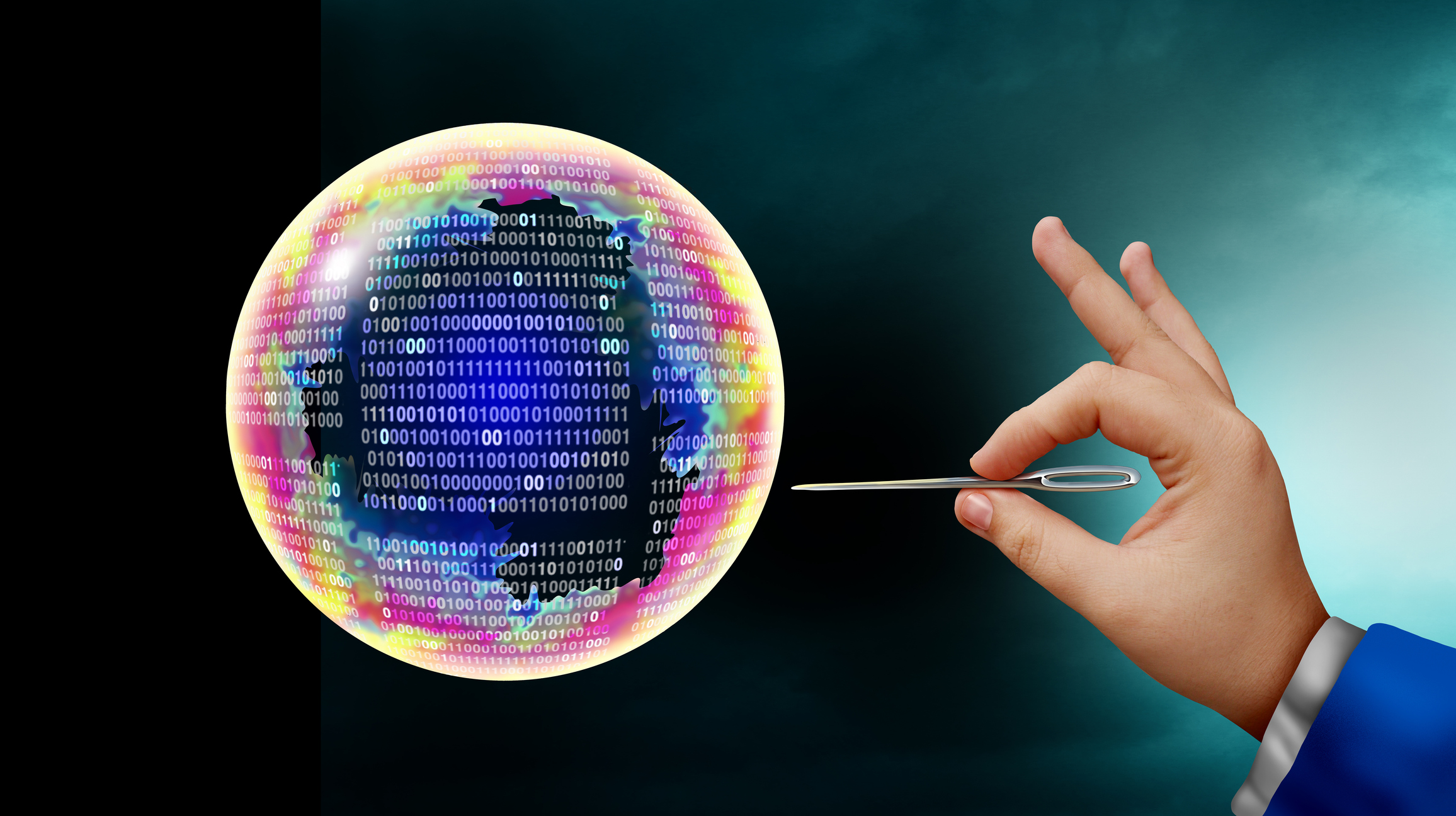Putting a price on Big Oil – how to value oil stocks
The future of oil is uncertain, but some of the major oil companies are not being given the benefit of the doubt, says Cris Sholto Heaton.

Shares in Big Oil – BP, Chevron, ConocoPhillips, Eni, Exxon Mobil, Royal Dutch Shell and Total – collapsed at the start of the pandemic and have remained out of favour even as the market recovers. BP and Shell (both down 35% since the beginning of 2020) are especially weak, but Eni, Exxon, Chevron, Conoco and Total (down 15%-25%) are also lagging, despite oil rebounding to where it was three years ago.
The evident fear among many investors is that these firms operate in a dying industry. The world will move away from oil and they will be out of a job. This is a very real uncertainty – but as profits rebound, it’s worth recalling how much cash these firms can generate and what their options are.
Running down the reserves
The seven oil majors had reserves to production (R/P) ratios that ranged between 8.3 years (Shell) and 15.5 (Exxon) at the end of the 2019 fiscal year (I’m using 2019 because the oil-price collapse in 2020 meant some of them wrote down reserves that should be viable with oil back at higher levels). Free cash flow (FCF) also varies greatly: Shell averaged almost $25bn per year across 2018 and 2019 (when oil was $65-$75 per barrel), while Exxon averaged almost $11bn. This isn’t because Exxon has weaker underlying cash flow: instead, Shell is reinvesting less cash in finding new reserves.
MoneyWeek
Subscribe to MoneyWeek today and get your first six magazine issues absolutely FREE

Sign up to Money Morning
Don't miss the latest investment and personal finances news, market analysis, plus money-saving tips with our free twice-daily newsletter
Don't miss the latest investment and personal finances news, market analysis, plus money-saving tips with our free twice-daily newsletter
We can do a crude calculation for how much spare cash each firm might generate in just these booked years of reserves if oil stays around $70 (the average across 2018 and 2019). Assuming each firm pays off its net debt steadily over that time and using a discount rate of 5%, I’d estimate that the present value of future free cash flows is about 80% of Shell and BP’s market cap, about two-thirds for Total and Eni, but more like 40% for Chevron and Conoco, and 30% for Exxon.
I stress this is very crude. Shell won’t shut down in seven years’ time, for example: the reserves won’t be used up evenly and there will be a long tail of production. All the majors – even the ones with low R/P ratios – are still investing in finding new resources. The split between oil and gas varies between companies, as does the cost and complexity of their projects. FCF in 2018 and 2019 may not be an ideal proxy for long-term cash flows. You could easily build a far better model.
Still, it’s hard to avoid the sense that BP and Shell are almost priced as if they are in run-off, with the market putting little value on their long-term prospects in either oil and gas or renewables. Meanwhile, others – eg, Exxon – are priced to suggest their new oil and gas investments will have long-term value and not end up stranded. The difference at least partly reflects how much BP and Shell’s dividend cuts alienated income investors. With payouts starting to rise (up 38% at Shell and 4% at BP), then so long as the world doesn’t abandon oil faster than seems likely, both look extremely cheap plays in a cheap sector.
| The seven oil majors | ||||
| Row 1 - Cell 0 | Market cap. | Net debt | R/P 2019 | Free cash flow avg. 2018/19 |
| BP | $62bn | $33bn | 14 | $8.3bn |
| Chevron | $199bn | $35bn | 10 | $15bn |
| Conoco | $76bn | $11bn | 11 | $5.3bn |
| Eni | $44bn | $12bn | 11 | $4.5bn |
| Exxon | $244bn | $57bn | 16 | $10.9bn |
| Shell | $115bn | $66bn | 8 | $24.6bn |
| Total | $100bn | $25bn | 12 | $10.3bn |
| Sources: Bloomberg, Morningstar |
Get the latest financial news, insights and expert analysis from our award-winning MoneyWeek team, to help you understand what really matters when it comes to your finances.
Cris Sholto Heaton is an investment analyst and writer who has been contributing to MoneyWeek since 2006 and was managing editor of the magazine between 2016 and 2018. He is especially interested in international investing, believing many investors still focus too much on their home markets and that it pays to take advantage of all the opportunities the world offers. He often writes about Asian equities, international income and global asset allocation.
Cris began his career in financial services consultancy at PwC and Lane Clark & Peacock, before an abrupt change of direction into oil, gas and energy at Petroleum Economist and Platts and subsequently into investment research and writing. In addition to his articles for MoneyWeek, he also works with a number of asset managers, consultancies and financial information providers.
He holds the Chartered Financial Analyst designation and the Investment Management Certificate, as well as degrees in finance and mathematics. He has also studied acting, film-making and photography, and strongly suspects that an awareness of what makes a compelling story is just as important for understanding markets as any amount of qualifications.
-
 ‘Why I have ditched my Help to Buy ISA for cash savings and the stock market’
‘Why I have ditched my Help to Buy ISA for cash savings and the stock market’Without the 25% bonus, my Help to Buy ISA is effectively redundant, says MoneyWeek writer Sam Walker.
-
 Is your inheritance tax allowance cut if you sell to downsize or sell your home to pay for care?
Is your inheritance tax allowance cut if you sell to downsize or sell your home to pay for care?Downsizing relief is a little-known benefit that could save your loved ones tens of thousands of pounds in inheritance tax after you’ve died.
-
 A change in leadership: Is US stock market exceptionalism over?
A change in leadership: Is US stock market exceptionalism over?US stocks trailed the rest of the world in 2025. Is this a sign that a long-overdue shift is underway?
-
 A reckoning is coming for unnecessary investment trusts
A reckoning is coming for unnecessary investment trustsInvestment trusts that don’t use their structural advantages will find it increasingly hard to survive, says Rupert Hargreaves
-
 British blue chips offer investors reliable income and growth
British blue chips offer investors reliable income and growthOpinion Ben Russon, portfolio manager and co-head UK equities, ClearBridge Investments, highlights three British blue chips where he'd put his money
-
 Renewable energy funds are stuck between a ROC and a hard place
Renewable energy funds are stuck between a ROC and a hard placeRenewable energy funds were hit hard by the government’s subsidy changes, but they have only themselves to blame for their failure to build trust with investors
-
 Profit from document shredding with Restore
Profit from document shredding with RestoreRestore operates in a niche, but essential market. The business has exciting potential over the coming years, says Rupert Hargreaves
-
 The war dividend – how to invest in defence stocks as the world arms up
The war dividend – how to invest in defence stocks as the world arms upWestern governments are back on a war footing. Investors should be prepared, too, says Jamie Ward
-
 Literacy Capital: A trust where great returns fund a good cause
Literacy Capital: A trust where great returns fund a good causeThere’s plenty to like about specialist private-equity trust Literacy Capital, says Max King
-
 An AI bust could hit private credit – could it cause a financial crisis?
An AI bust could hit private credit – could it cause a financial crisis?Opinion Private credit is playing a key role in funding data centres. It may be the first to take the hit if the AI boom ends, says Cris Sholto Heaton
